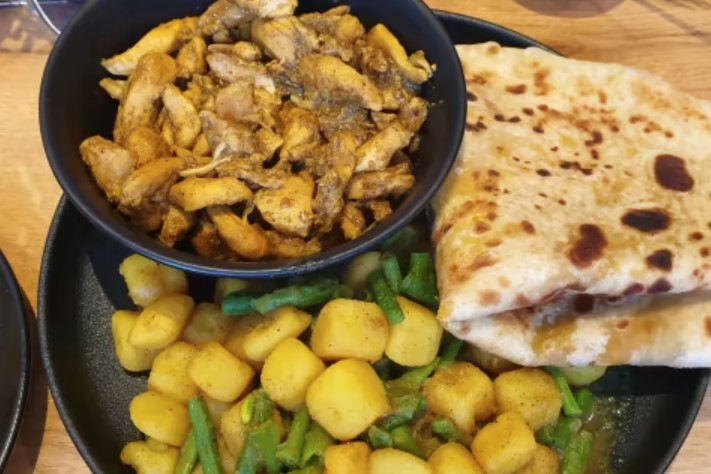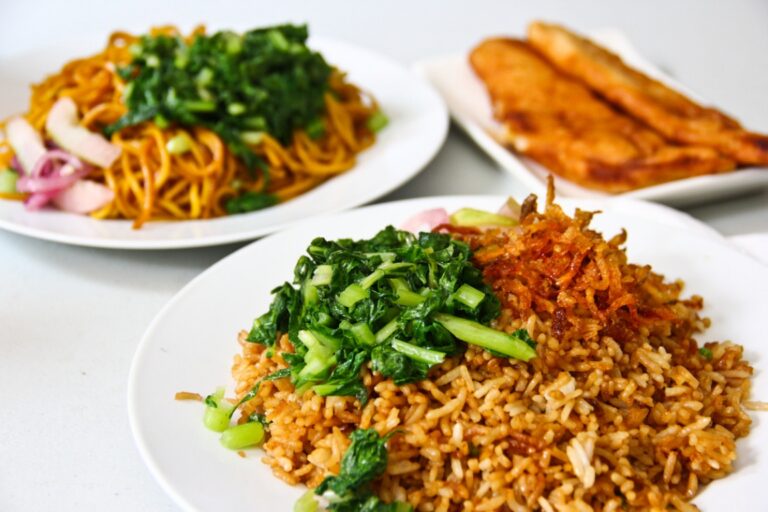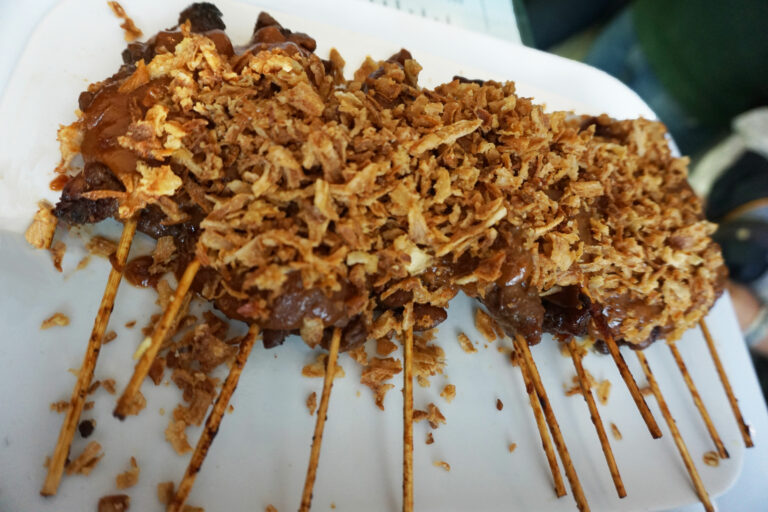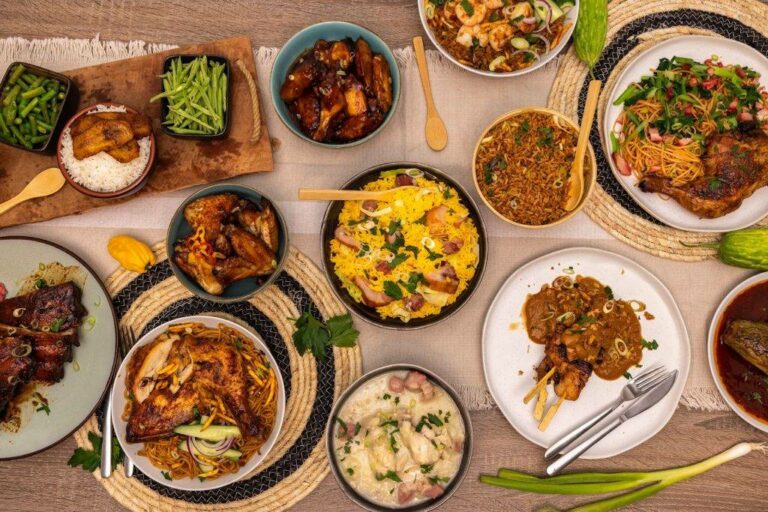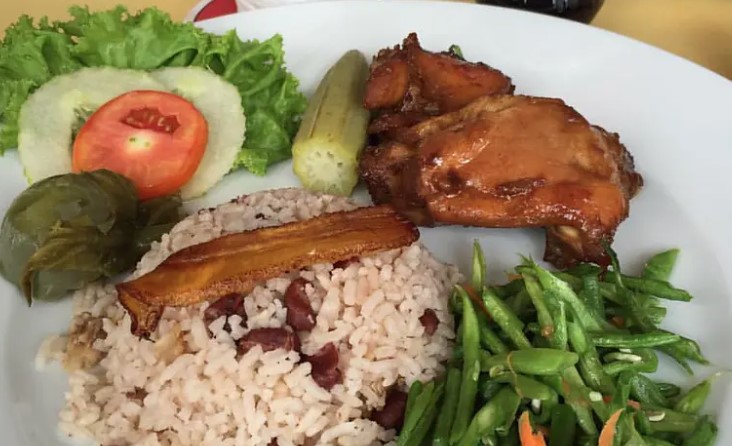Introduction to Surinamese cuisine
Suriname is a small country located in South America, known for its diverse and unique cuisine influenced by African, Dutch, Indian, and Indigenous cultures. Surinamese cuisine is a blend of spicy, sweet, and sour flavors, with rice being a staple ingredient in most dishes. The country’s rich and colorful history has contributed to the variety of dishes that are available.
Vegetarianism in Suriname
Vegetarianism is not a common dietary choice in Suriname, as meat is an essential part of the traditional cuisine. However, due to the increasing awareness of health and environmental issues, more people are adopting vegetarianism in Suriname. As a result, vegetarian options are becoming more widely available in restaurants and food markets.
Traditional Surinamese vegetarian dishes
One of the most popular traditional vegetarian dishes in Suriname is Saoto soup, a flavorful broth made with noodles, vegetables, boiled eggs, and fried rice. Another traditional dish is Pom, a casserole made with grated root vegetables and filled with vegetables, rice, or tofu. Roti, a flatbread served with a variety of curries, can also be made vegetarian by substituting the meat with tofu or vegetables.
Popular vegetarian options in Surinamese cuisine
Surinamese cuisine offers a range of vegetarian options that are both flavorful and filling. Vegetarian versions of popular dishes such as Nasi Goreng (fried rice), Bami (noodles), and Tjauw Min (stir-fried noodles) can be made with vegetables, tofu, or egg. Vegetable and tofu skewers, served with peanut sauce, are also a popular street food in Suriname.
Fusion Surinamese vegetarian dishes
As Suriname’s cuisine continues to evolve, fusion dishes blending traditional and modern ingredients are becoming more popular. For example, vegetarian sushi rolls filled with avocado, sweet potato, and plantain are a unique twist on traditional Japanese sushi. Roti wraps filled with grilled vegetables and hummus are another fusion dish popular with vegetarians.
Tips for finding vegetarian food in Suriname
When traveling to Suriname, it’s important for vegetarians to communicate their dietary needs clearly to restaurant staff. It’s also helpful to research vegetarian-friendly restaurants and food markets before arriving. Suriname’s diverse cuisine offers a range of flavorful vegetarian options, but it’s always a good idea to ask for suggestions or recommendations from locals or other travelers. With a little planning and communication, vegetarians can enjoy the unique and delicious flavors of Surinamese cuisine.

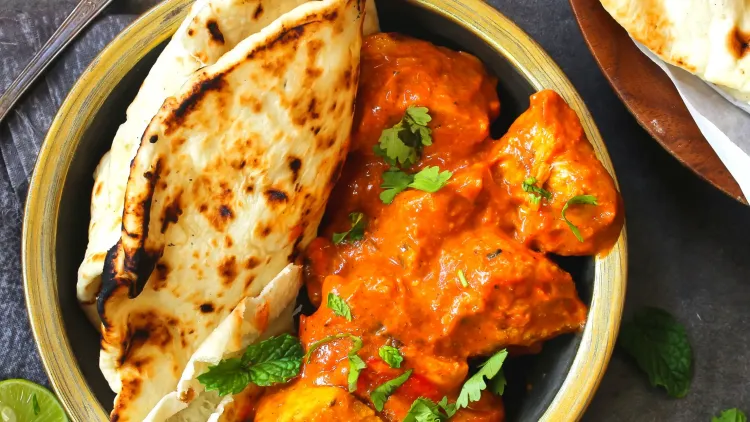
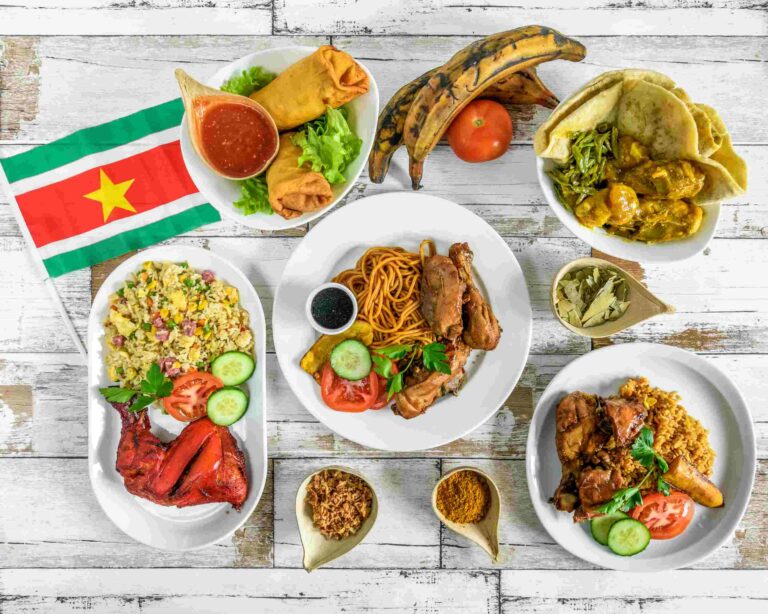
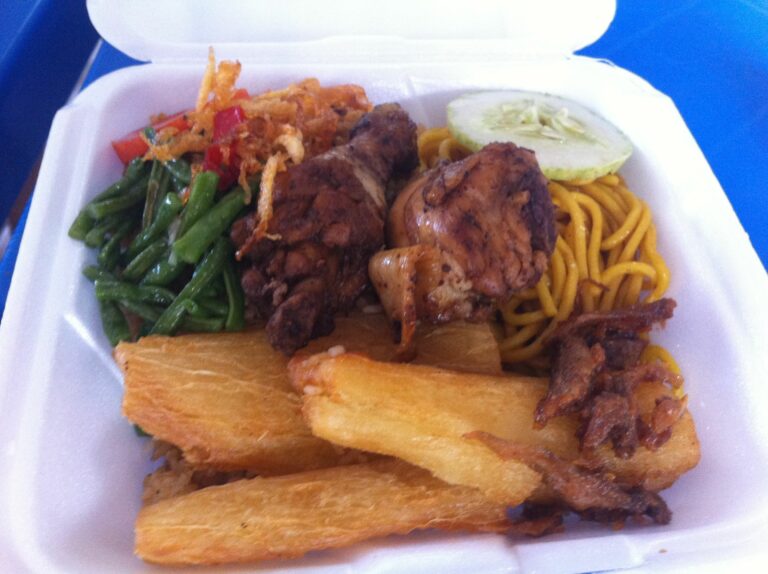
![Can you recommend a good Surinamese restaurant in [specific location]?](https://foodnerdy.com/blog/wp-content/uploads/2023/05/1-65.jpg)
